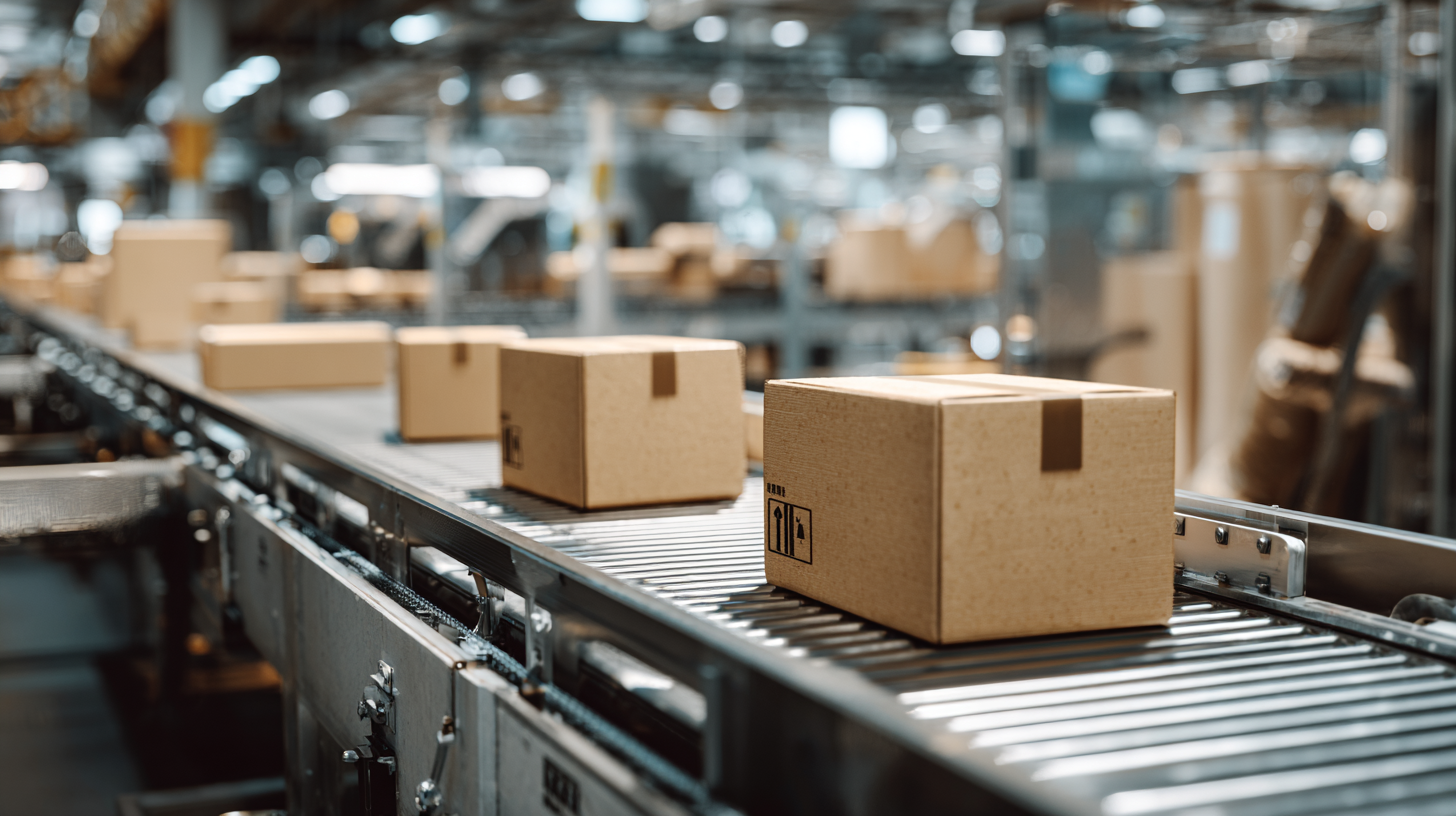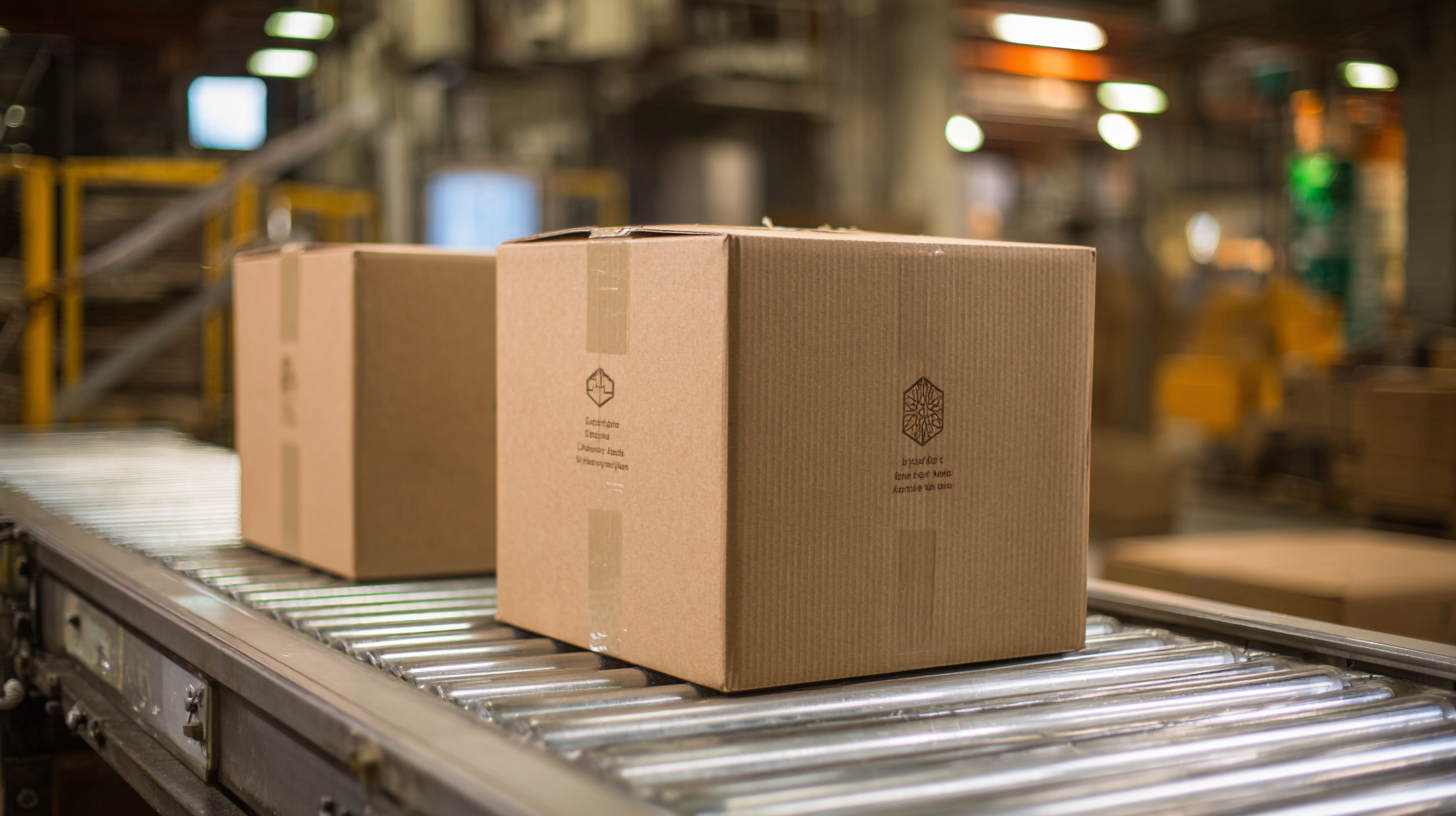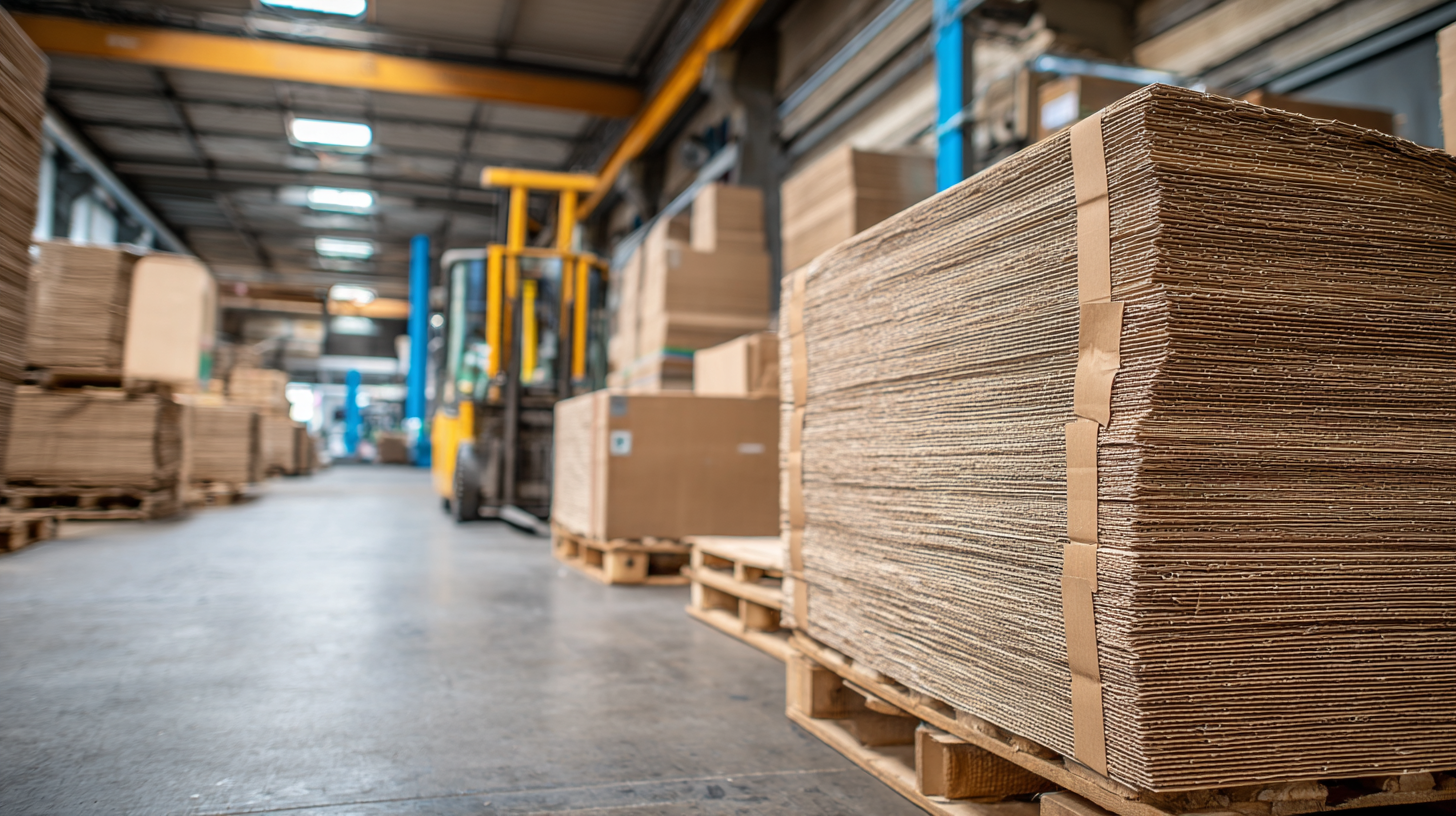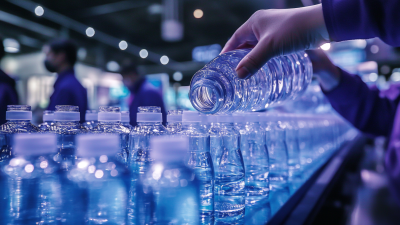How to Effectively Utilize Cpet Packaging for Environmental Sustainability
In an era where environmental consciousness is paramount, the packaging industry faces the pressing challenge of reducing waste and promoting sustainability.
 Cpet Packaging, a revolutionary approach leveraging the benefits of compressed polyethylene terephthalate, emerges as a key player in this movement. By integrating Cpet Packaging into manufacturing and distribution processes, companies can significantly minimize their ecological footprint while enhancing product protection and shelf life.
Cpet Packaging, a revolutionary approach leveraging the benefits of compressed polyethylene terephthalate, emerges as a key player in this movement. By integrating Cpet Packaging into manufacturing and distribution processes, companies can significantly minimize their ecological footprint while enhancing product protection and shelf life.
This guide will explore effective strategies for utilizing Cpet Packaging to not only meet consumer demands for eco-friendly options but also to align with global sustainability goals. By adopting these practices, businesses can contribute to a more sustainable future while ensuring cost-effectiveness and operational efficiency.
Join us as we delve into the transformative potential of Cpet Packaging and its role in fostering a greener planet.
Strategies for Selecting Eco-Friendly Cpet Packaging Materials and Designs
When selecting eco-friendly CPET packaging materials, it is crucial to prioritize sustainable sourcing. Choose materials that are sourced from recycled content or renewable resources to minimize the carbon footprint. Look for suppliers who demonstrate a commitment to environmental practices, such as utilizing recycled plastics or biodegradable additives. Verifying certifications such as FSC for paper or Global Recycling Standards can also ensure that the materials meet eco-friendly criteria.
In terms of design, consider optimizing packaging for minimal material usage without compromising quality. Employing techniques such as lightweighting can reduce the amount of CPET used while maintaining product protection. Additionally, incorporating reusable or recyclable designs can enhance the sustainability profile of the packaging. Innovations like modular designs, which allow for easy disassembly and separation of materials, can facilitate effective recycling processes, promoting a circular economy. Adopting these strategies will not only support environmental sustainability but also appeal to environmentally conscious consumers.
Utilizing Recycled Cpet Packaging to Minimize Carbon Footprint in Manufacturing
Recycled CPET packaging plays a crucial role in minimizing the carbon footprint associated with manufacturing processes. By integrating recycled materials, manufacturers can significantly reduce their reliance on virgin resources, which often require extensive energy and water resources to produce. This shift not only conserves natural resources but also lessens the overall greenhouse gas emissions associated with the extraction, transportation, and processing of raw materials.
Moreover, utilizing recycled CPET packaging can enhance a company's sustainability profile. As consumers increasingly prefer environmentally responsible products, businesses that adopt recycled packaging can improve their marketability while contributing to a circular economy. By promoting the use of recycled materials, companies stimulate demand for recycling programs, encouraging not just their own sustainability efforts but also fostering community engagement in responsible waste management practices.
Ultimately, the thoughtful implementation of recycled CPET packaging not only benefits individual manufacturers but also supports broader environmental goals by reducing waste and lowering carbon emissions across the industry.
Innovative Technologies Enhancing the Sustainability of Cpet Packaging Solutions
 Innovative technologies in CPET packaging are playing a crucial role in enhancing environmental sustainability. Recent advancements, such as the introduction of new mono-material packaging solutions, exemplify this trend. Research indicates that multilayer plastics, once a challenge for recycling due to their complexity, are now evolving to incorporate recyclable materials effectively. Companies are focusing on creating products that not only meet consumer demands but also adhere to sustainable practices, reflecting a growing commitment within the industry.
Innovative technologies in CPET packaging are playing a crucial role in enhancing environmental sustainability. Recent advancements, such as the introduction of new mono-material packaging solutions, exemplify this trend. Research indicates that multilayer plastics, once a challenge for recycling due to their complexity, are now evolving to incorporate recyclable materials effectively. Companies are focusing on creating products that not only meet consumer demands but also adhere to sustainable practices, reflecting a growing commitment within the industry.
The use of recycled PET in various applications is gaining traction, with an emphasis on increasing the share of recycled content in packaging. A comprehensive review found that in 2021, the packaging sector accounted for about 40% of the total plastic waste in Europe, highlighting the urgency for innovative solutions. Approaches like those developed for large-format packaging demonstrate the industry's shift towards recyclable options that emphasize efficiency and performance. As these technologies continue to emerge, they create a pathway for more sustainable CPET packaging solutions, aligning with global sustainability goals.
Best Practices for Implementing Cpet Packaging in Circular Economy Models
CPET packaging, made from crystallized polyethylene terephthalate, presents an innovative solution for businesses aiming to align with circular economy models. As reported by the Ellen MacArthur Foundation, the transition to a circular economy could yield over $1 trillion in economic benefits and significantly reduce environmental impact. By implementing CPET packaging, companies can minimize waste and use resources more efficiently. Its recyclability and ability to be remolded make it a suitable candidate for closed-loop systems where products can be repurposed at the end of their life cycle.
Best practices for integrating CPET packaging into a circular economy include establishing clear recycling pathways and collaborating with suppliers to ensure that materials are sourced sustainably. For instance, a study from the World Economic Forum emphasizes that effective collection and recycling systems can increase recycling rates from 9% to 30% within five years for plastic products. Businesses can benefit from not only reduced costs associated with waste management but also from enhanced brand reputation when they commit to sustainable packaging solutions. Embracing CPET in product design and development fosters innovation while catering to the growing consumer demand for environmentally responsible products.
How to Effectively Utilize CPET Packaging for Environmental Sustainability - Best Practices for Implementing CPET Packaging in Circular Economy Models
| Practice | Description | Benefits | Challenges |
|---|---|---|---|
| Material Sourcing | Use recycled or bio-based CPET materials. | Reduces carbon footprint and supports recycling. | Availability and cost of sustainable materials. |
| Design for Disassembly | Create packaging that can be easily separated for recycling. | Enhances recyclability and reduces waste. | Design complexity and production costs. |
| Consumer Education | Inform consumers on proper disposal and recycling practices. | Increases recycling rates and consumer engagement. | Need for effective communication strategies. |
| Collaboration with Recyclers | Partner with local recyclers to create efficient recycling streams. | Ensures effective recycling and resource recovery. | Dependence on local infrastructure and policies. |
| Life Cycle Assessment | Evaluate the environmental impact throughout the product's life cycle. | Identifies opportunities for improvement and innovation. | Requires detailed data and analysis expertise. |
Measuring the Environmental Impact of Cpet Packaging: Key Metrics and Assessments
The environmental impact of CPET (crystal PET) packaging can be effectively assessed through various key metrics. One critical approach is the life-cycle assessment (LCA), which evaluates the environmental performance from raw material extraction through production, usage, and final disposal. Recent studies highlight the need for improving source separation and ensuring high-quality recycling processes, especially in regions such as Germany, where minimizing emissions during waste management is paramount.

In addition to LCA, applying a material flow analysis (MFA) can provide insights into the efficiency of resources used in CPET packaging systems. This dual-framework approach offers a comprehensive understanding of sustainability metrics, helping companies pinpoint areas for improvement. It is essential to consider the full life cycle, as expanding system boundaries in evaluations can lead to more informed decisions about the environmental implications associated with CPET packaging. By integrating these assessments, manufacturers can enhance their sustainability strategies and contribute to a circular economy in plastic packaging.
Related Posts
-

The Future of Cpet Packaging Innovations Shaping Sustainable Solutions
-

Unlocking Sustainability in Global Supply Chains with Cpet Packaging Solutions
-

Exploring Sustainable Alternatives to Traditional Plastic Bottle Packaging for Global Buyers
-

Leading Bottle and Packaging Manufacturers from China at the 137th Canton Fair
-

Unlocking the Potential of Pet Bottles in Sustainable Packaging Solutions for Global Buyers
-

Discover 7 Effective Strategies for Selecting the Best Bottle Manufacturers Worldwide
CONTACT US
|
